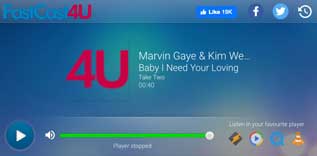Whatever Happened to Cubby O’Brien
Not quite as famous as Annette, Cubby O’Brien was, nonetheless, one of the better known Mousketeers. He was part of a core group that was involved in the entire first run of black & white episodes. Cubby also made it into the Disney feature, Westward Ho, the Wagons along with several other Mousketeers. Because of his height and age, he was often paired with Karen Pendleton making “Karen & Cubby” a celebrity couple long before people started thinking like that.
Born in 1946 with a real first name of Carl, Cubby’s main talent was drumming, which was frequently featured on the show. Cubby’s dad, Hack O’Brien had been a successful big band drummer and he started his son on the drums at age 5. Cubby proved a fast learner.
When filming on the Mouse Club, wrapped, Cubby continued to make personal appearances on behalf of Disney up through the early 1960s. Graduating high school in 1962, Cubby immediately began a long & successful career as a professional drummer. He was part of Lawrence Welk’s Orchestra for two years before joining Spike Jones touring band. He then moved on to drumming in the group that backed up Ann-Margaret and eventually wound up in the studio band that provided live music for The Carol Burnett Show.
Beginning in 1973, Cubby began touring as the drummer for the Carpenters. While Karen could play the drums, she seldom did so during live shows. Contrary to reports, Cubby did not play on any of the Carpenters recordings.
During the 1980’s, O’Brien moved to New York and began finding steady work as a drummer and musical director for Broadway productions.
Married three times, Cubby is now based in the Pacific Northwest and still performs in touring Broadway productions as well as serving as the drummer for Bernadette Peters touring band. He has also participated in various Mousketeer reunions, the most recent being in 2005.
Cubby is living proof that child performers can go on to have happy, normal lives.
No, They Didn't "Let It Be"
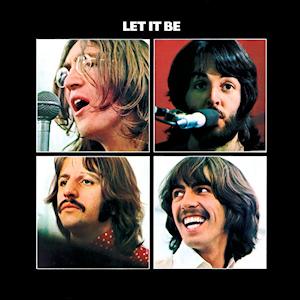 For a song titled “Let It Be,” Paul McCartney has never really let it be. To date, not counting any live recordings, there are no fewer than 4 different versions of this Beatles’ classic on various albums & CDs.
For a song titled “Let It Be,” Paul McCartney has never really let it be. To date, not counting any live recordings, there are no fewer than 4 different versions of this Beatles’ classic on various albums & CDs.
McCartney has always said the inspiration for the tune came to him in a dream where he was visited by his long dead mother, Mary McCartney. The band was on the verge of splitting up during the sessions for the project that became known as The White Album. In Paul’s dream, his mother told him everything would be all right. “Let it be.”
So, Paul began working on the composition while they wrapped up the White Album sessions in September, 1968. In January of 1969, work on the song with the rest of the band commenced in earnest. On January 31st of that year, the lads recorded what would become the master take for two of the subsequent releases of the song.
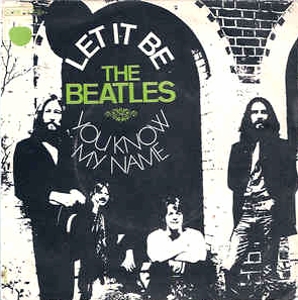 The Single Release: Not totally satisfied with the master take from January, George Martin called George Harrison back into the studio to overdub a new guitar solo for the song. On April 30, 1969 Harrison gave Martin a new solo. That was overdubbed onto the master track and released as a single on March 6, 1970. This version is relatively quiet and Martin mixed the orchestral tracks low.
The Single Release: Not totally satisfied with the master take from January, George Martin called George Harrison back into the studio to overdub a new guitar solo for the song. On April 30, 1969 Harrison gave Martin a new solo. That was overdubbed onto the master track and released as a single on March 6, 1970. This version is relatively quiet and Martin mixed the orchestral tracks low.
The Album Release: To get the long-stalled album back on track, John Lennon called in producer Phil Spector. Spector remixed “Let It Be,” using the same master track as the single, but adding a different, more aggressive Harrison solo (recorded on January 4, 1970) and bringing the orchestra up quite a few notches. It as been reported that McCartney absolutely loathed this mix of the song, but it was released on the LP and remains the most familiar of the four authorized mixes.
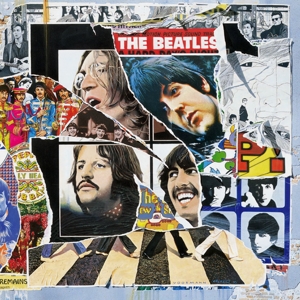 The Anthology Release: For the giant 6-disc Anthology series of recordings released in 1996, the surviving members of the Beatles and Martin included an earlier take of the song from the January, 1969 sessions. This one was recorded before Paul had composed the final verse, so he simply repeats the first verse where the third verse should be. It also features very simple instrumentation.
The Anthology Release: For the giant 6-disc Anthology series of recordings released in 1996, the surviving members of the Beatles and Martin included an earlier take of the song from the January, 1969 sessions. This one was recorded before Paul had composed the final verse, so he simply repeats the first verse where the third verse should be. It also features very simple instrumentation.
The Let It Be…Naked Release: Paul finally got to take a stab at remixing the “Let It Be “sessions the way he wanted them in 2003. George Martin was called back in and the project returned to its roots – as an attempt to recreate the simpler sound of the Beatles’ earlier recordings. This version of “Let It Be” contains a different piano track than had been used on any of the previous versions. Ringo also hated Spector’s version, so the heavy effects added to his drum track by Spector were removed.
So, the next time you hear “Let It Be,” see if you can figure out exactly which version you’re hearing.
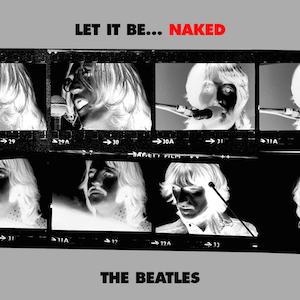
Take the Quiz & See
Get on the beam, teen!
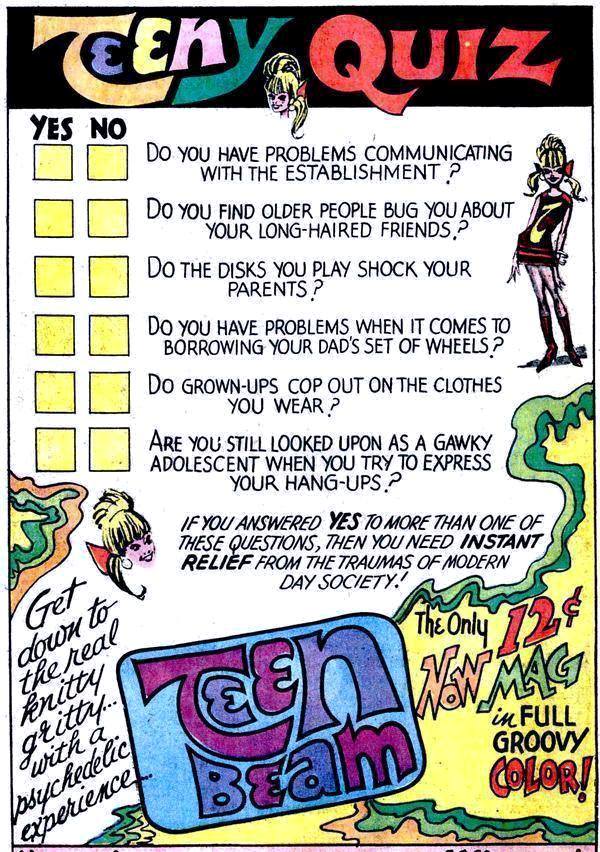
Is It Still Cool to Use Cash?
With the rapid spread of swiping, followed by the rise of tapping and digital wallets, is anybody using cash anymore?
Maybe not so surprisingly, the answer is – not much. The Federal Reserve estimates that people are using cash for only 26% of all transactions, and that number is sure to decline as Baby Boomers become less of the total population and Millennials and younger – raised in a cashless society – increase.
However, there are 2 advantages to using cash in certain situations:
1.) You’re likely to spend less – Studies show that opening our wallets and purses and forking over cold, hard cash is something we always hate to do. So, if we relying on cash, we’re far more likely to spend less.
2.) Cash helps small, local businesses – Whether you’re aware of it or not, every time you use plastic to pay for something, the businesses that gave you the plastic take a cut of the purchase price. For big corporations, that’s no big deal. But for smaller, locally-owned businesses, that extra percent of two can have a big impact on their bottom line.
So, perhaps it’s best to always have a little cash on hand.
To "D" or Not to "D"
It’s Vitamin D were talking about. This vitamin is absolutely essential for bone density, strengthening the body’s immune system and may even reduce the risk of cancer. The problem is the primary way we get Vitamin D is from sunlight, And we all know the health risks associated with too much sun.
As we age, our bodies need more of this vitamin, but we also become more susceptible to overexposure to the UV rays of the sun. So what’s a good Baby Boomer supposed to do? There are two additional solutions:
Vitamin D capsules: Sold over the counter in drug and grocery stores everywhere, Vitamin D tablets can help give us the daily recommended dose of 600 IU for those under 80 and 800 IU for those over 80. As always, consult your physician before starting on Vitamin D supplements.
Diet: We can also get Vitamin D from the foods we eat – although the typical American diet is woefully lacking in foods that provide this vital nutrient. Foods high in Vitamin D include:
- Fatty Fish (Salmon, Mackerel, Trout)
- Portobello Mushrooms
- Fortified Milk & Non-Dairy Milk
- Fortified Orange Juice
- Yogurt
- Eggs
- Pork
"You've Lost That Lucy Feelin'?"
Legendary songwriter/producer Phil Spector, workd with many gret recording acts from the Beatles to the Righteous Brothers to Cher and more. But did you know he once wrote a song for Lucille Ball?
Now, it can be told.
An episode from the 1966–67 season of The Lucy Show, "Lucy Flies to London," set up the spin-off TV special “Lucy in London,” which saw her character, Lucy Carmichael, swingin' around mod London. It's certainly a capsule of its era, with Mary Quant mini-skirts, dance routines and the Dave Clark Five.
"Wall of Sound" producer Spector contributed the special’s theme song, also providing the track’s lead vocal! It's thick with '60s slang. "With her mini-skirt on / She got in with the Mods / And she really became top gear." If you’re interested, you can hear the tune and watch video from the special here.
Revenge of the One-Hit Wonders - Chi Coltrane
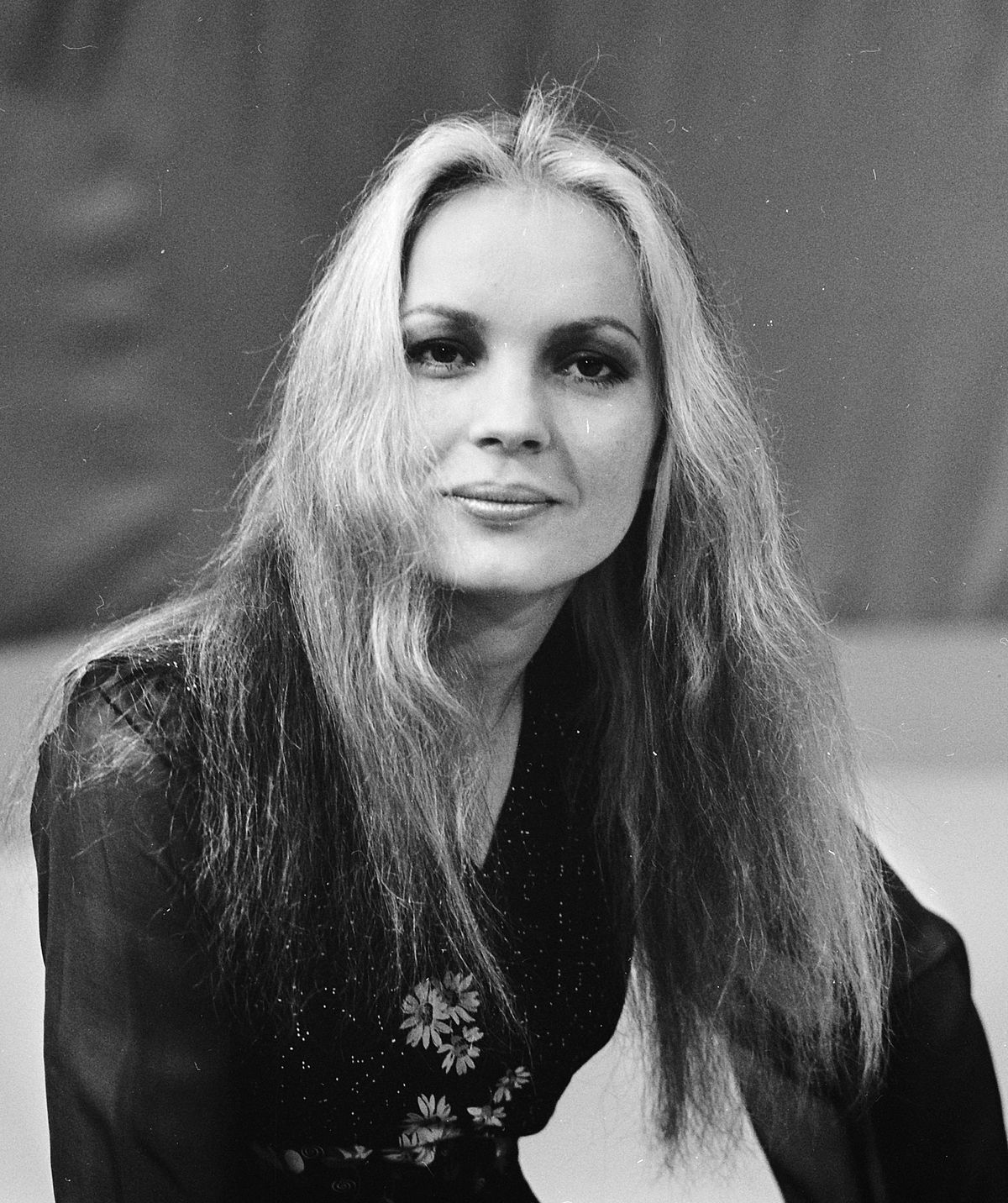 In 1972, pretty much everybody was sure of one thing: Chi Coltrane was destined to become a big rock star. She was a songwriter with a powerhouse voice. She was easy on the eyes. And she had already been the leader of a couple of rock bands at a time when women in rock bands, let alone being the boss lady, were scarce.
In 1972, pretty much everybody was sure of one thing: Chi Coltrane was destined to become a big rock star. She was a songwriter with a powerhouse voice. She was easy on the eyes. And she had already been the leader of a couple of rock bands at a time when women in rock bands, let alone being the boss lady, were scarce.
Born in Racine, Wisconsin in 1948, Coltrane received classical training in piano and sang in her church choir as a lass. Then, she heard rock & roll and that was all she wrote. Realizing she was unlikely to be discovered singing in the bars of Wisconsin, she moved to L.A. and then to Chicago where she came to the attention of Columbia Records who promptly signed her to a contract and put a big promotional push behind her.
 Her first single, “Thunder and Lightning” raced up the charts cracking the top 20. And then… nothing. Her follow-up records failed to chart. Like a few other American acts, she had developed a stronger fan following in Europe, so in 1977, that’s where she went.
Her first single, “Thunder and Lightning” raced up the charts cracking the top 20. And then… nothing. Her follow-up records failed to chart. Like a few other American acts, she had developed a stronger fan following in Europe, so in 1977, that’s where she went.
Chi eventually returned to the states and has recorded off and on ever since, but thunder and lightning has not struck twice.
R.I.P. Phil Spector (1939-2021)
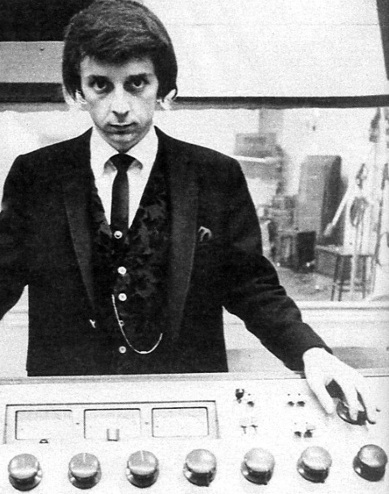
A complicated man (to say the least) who scored his first hit record while still in high school – drawing his inspiration for the song from his father’s tombstone (which read: “To Know Him Was To Love Him”). His career included so many hit records that formed the soundtrack for the Baby Boomer’s “wonder years,” – “Be My Baby,” Da Doo Ron Ron,” You’ve Lost That Lovin’ Feeling” as well as the very first Christmas album of rock music. He remixed the Beatles final LP (Let it Be) and worked extensively with John Lennon.
Phil Spector, whose final years descended into highly erratic behavior and finally, a murder conviction, has passed away at the age of 81.
Because This Totally Could Have Happened
Is it just us or does it look like Mick Jagger replaced Ringo in the band?
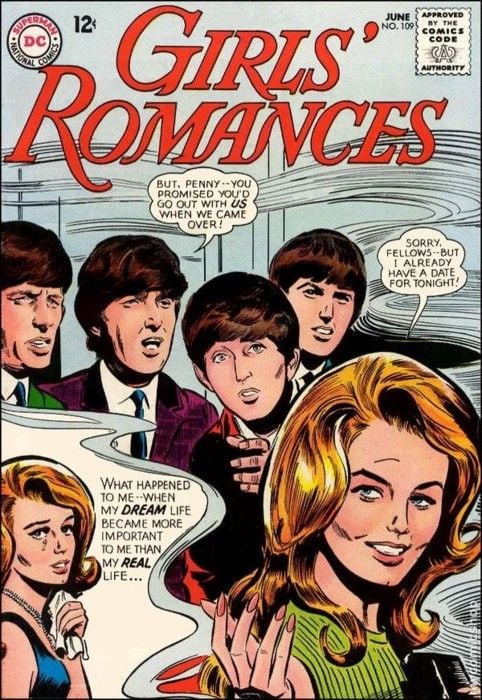
Rock’s Top 10 B-Sides
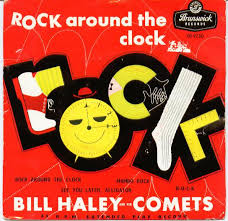 In the heyday of Top 40 radio, when the 45 was king, record labels typically put all their effort into only one side of single, the A-side. B-sides were considered throwaways. The Beatles were the exceptions as nearly all of their singles produced double-sided hits, but for the vast majority, “flip sides” were often only heard by the kids who purchased the singles and then, usually in the privacy of their bedrooms when they were alone – seldom shared when friends dropped into visit.
In the heyday of Top 40 radio, when the 45 was king, record labels typically put all their effort into only one side of single, the A-side. B-sides were considered throwaways. The Beatles were the exceptions as nearly all of their singles produced double-sided hits, but for the vast majority, “flip sides” were often only heard by the kids who purchased the singles and then, usually in the privacy of their bedrooms when they were alone – seldom shared when friends dropped into visit.
That said, some B-sides have gone on to far greater fame than their A-sides. Here are h=wht we consider the top 10:
- “Rock Around the Clock” by Bill Haley & His Comets – Yes, the song that’s often credited with launching rock into the mainstream begam life as the B-side to “13 Women.” Initially, the record was a two-sided flop. Then, movie producers used the B-side over the titles for the movie Blackboard Jungle. The single was re-issued with A & B sides reversing and the rest is rock & roll history!
- “Hound Dog” by Elvis Presley – Hard to believe, but this all-time classic was actually released as the flip side of “Don’t Be Cruel. Now, “Don’t Be Cruel” is famous in its own right, but nowhere near as well known or remembered as “Hound Dog.”
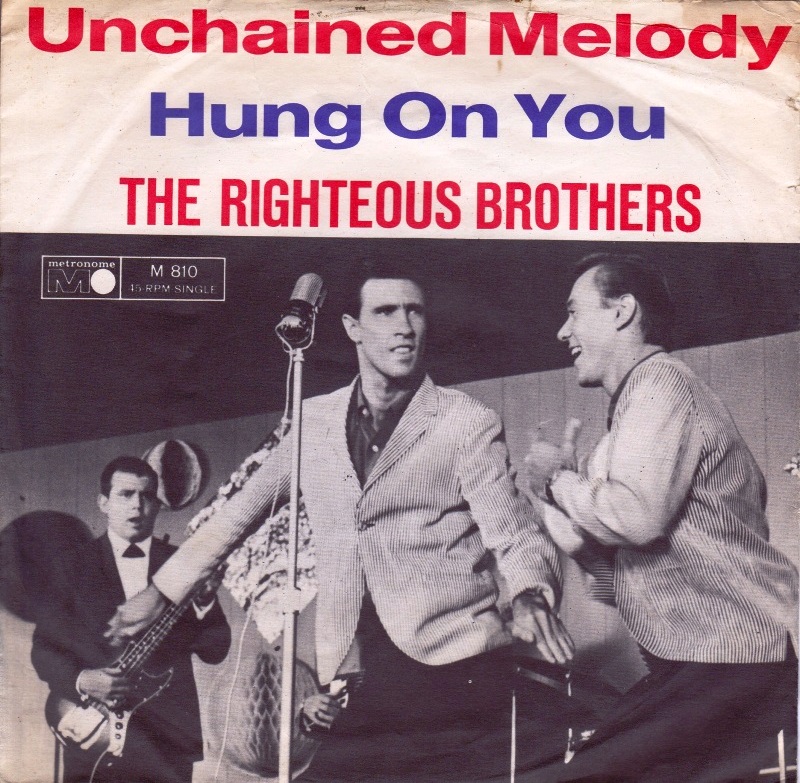
- “Unchained Melody” by the Righteous Brothers – Yes, this little opus was considered a throwaway track by legendary producer Phil Spector. The A-side was supposed to be “Hung on You.” On that, Spector lavished his usual amount of time and attention. “Unchained Melody” was thrown together so quickly that it features only one, not both, of the Righteous Brothers (Bobby Hatfield) and was recorded fairly quickly. In truth, neither side found much initial success. It as only when the track was used as part of the 1990 film, Ghost, that it became the classic it is today.
- “God Only Knows” by the Beach Boys – Hailed by many as Brian Wilson’s greatest composition and far and away the Boys most popular tune in the UK, this thoughtful ballad was the B-side and “Wouldn’t It Be Nice” was the A-side. Actually, both are still considered stone cold rock classics.
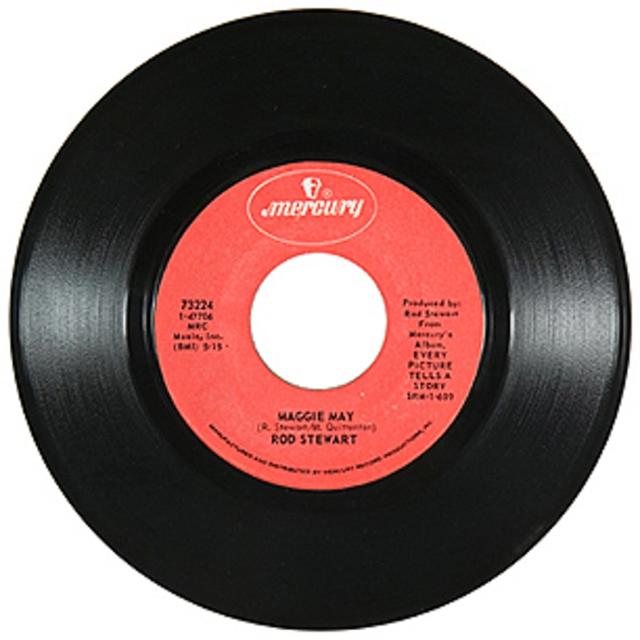 “Maggie May” by Rod Stewart – You read that correctly, the song that is probably Rod’s best remembered song was actually the B-ide of his breakout single, “Reason to Believe.” Reading both those titles, we know which one is currently playing in your mind. “Wake up, Maggie!”
“Maggie May” by Rod Stewart – You read that correctly, the song that is probably Rod’s best remembered song was actually the B-ide of his breakout single, “Reason to Believe.” Reading both those titles, we know which one is currently playing in your mind. “Wake up, Maggie!”- “Beth” by KISS – The ultimate irony is that KISS achieved their greatest chart success with a soft, reflective ballad, rather than the uncomplicated head-banging music that makes up most of their oeuvre. “Beth” started out as the flip side to “Detroit Rock City,” but quickly became the side most deejays were playing.
- “We Will Rock You” by Queen – This perennial favorite of sports stadiums and motivational speaker warm-ups, started out as the B-side to Queen’s “We Are the Champions.” On lasic Rock radio, one is hardly played without the other.
- “Colour My World” by Chicago – Why an American band wanted to use the British spelling of “color” may still be something of a mystery, but it’s obvious the band itself liked this song. They used as a B-side, not once, but twice – backing both “Beginnings” and “Make Me Smile.”
- “Silver Springs” by Fleetwood Mac – When the band was recording their monster LP, Rumours, “Silver Springs was the last song cut from the album’s final line-up. To make it up to composer Stevie Nicks, the band used it as the flip side to the first single off that album “Go Your Own Way.” The song also became a staple of the group’s live shows. That in turn led to it finally becoming an A-side when Mac released it as a single off their live double-set, The Dance.
- “You Can’t Always Get What You Want” by the Rolling Stones – Okay, the A-side, “Honky Tonk Women,” is still the best-known side of this single, but as B-sides go, “You Can’t Always Get What You Want” is pretty damn good!
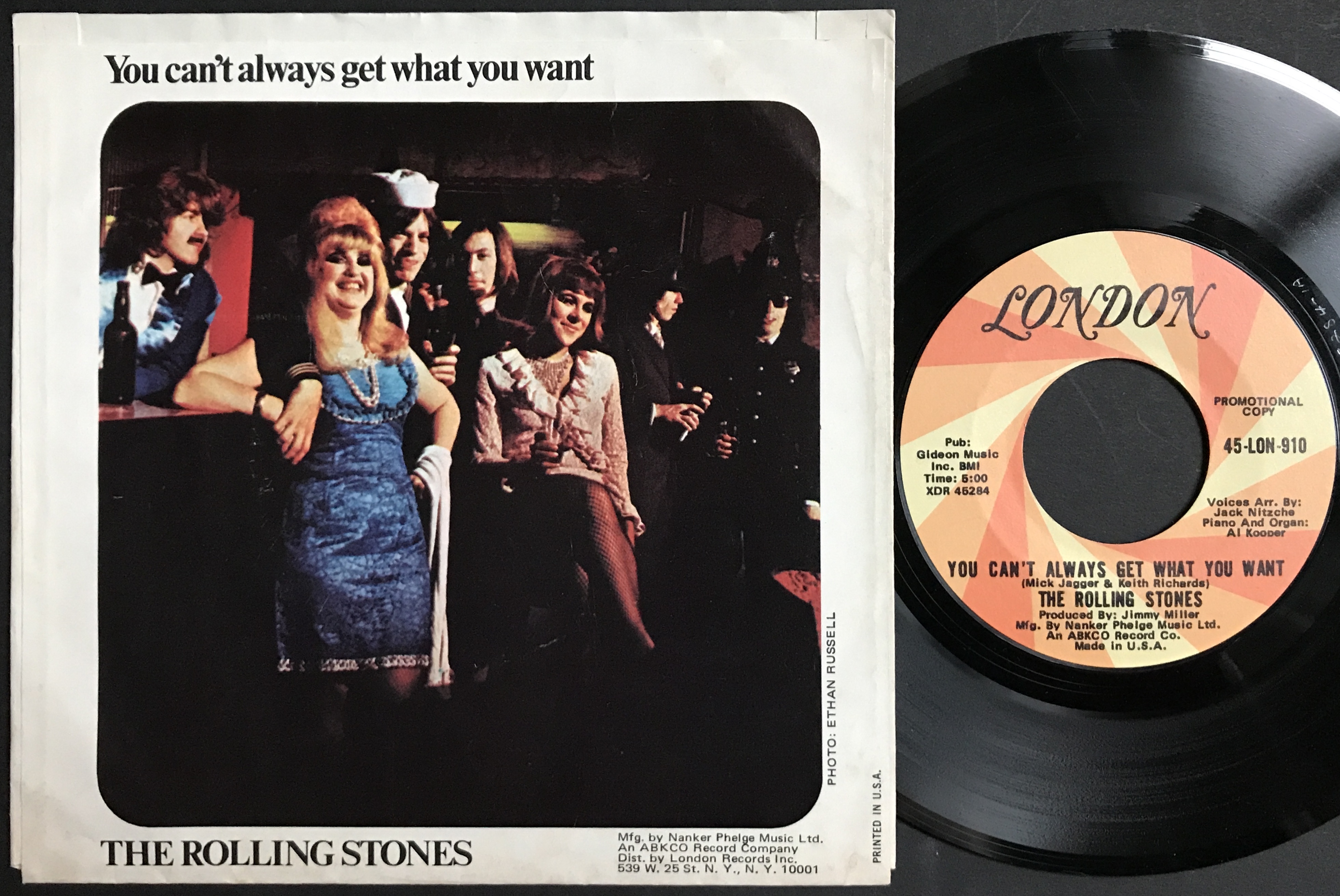
Pop Up Player
Latest Posts–Health & Wellness
-
Chill Out & Lose Weight?
As we head into winter, the experts say turning down your thermostat can cause your body to produce a hormone called irisin that can lead to burning more calories and weight loss! You don’t have…
-
Are You Hot or Cold When It Comes to Pain Relief?
There have long been two schools of thought regarding bodily pain. Some tell you to put ice on it. Some tell you to use heat. Which is better? That depends. According to this most recent…
-
Tips for Better Sleep
As we grow older, many of us begin experiencing trouble sleeping through the night. If you find yourself waking up in the dark multiple times during the night, try these “sleep hacks” to getting a…
-
Vitamin C to See
Research indicates that vitamin C can reduce the risk of developing cataracts. But don’t start popping pills. The study also should that this benefit only comes from dietary vitamin C. In others words, you need…
-
To Vape or Not to Vape
Vaping – the practice of smoking using an “electronic cigarette” has been touted as a safe alternative smoking, but is it really? If you are a current tobacco smoker, the answer is – it’s safer…
-
Beating the 4 AM Blues
Many us find sleeping all the way through the night more of a challenge than we did a few years ago. Here are some of the most common cause…and cures! Eating Too Close to Bedtime…






